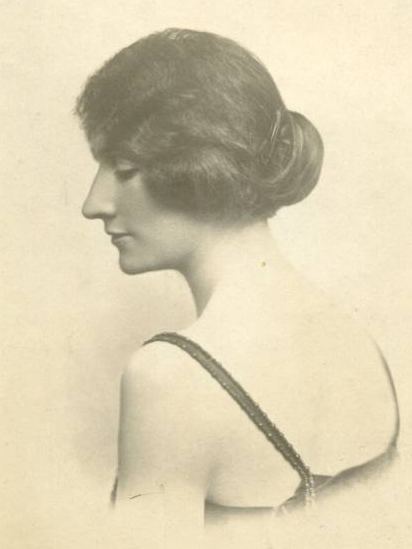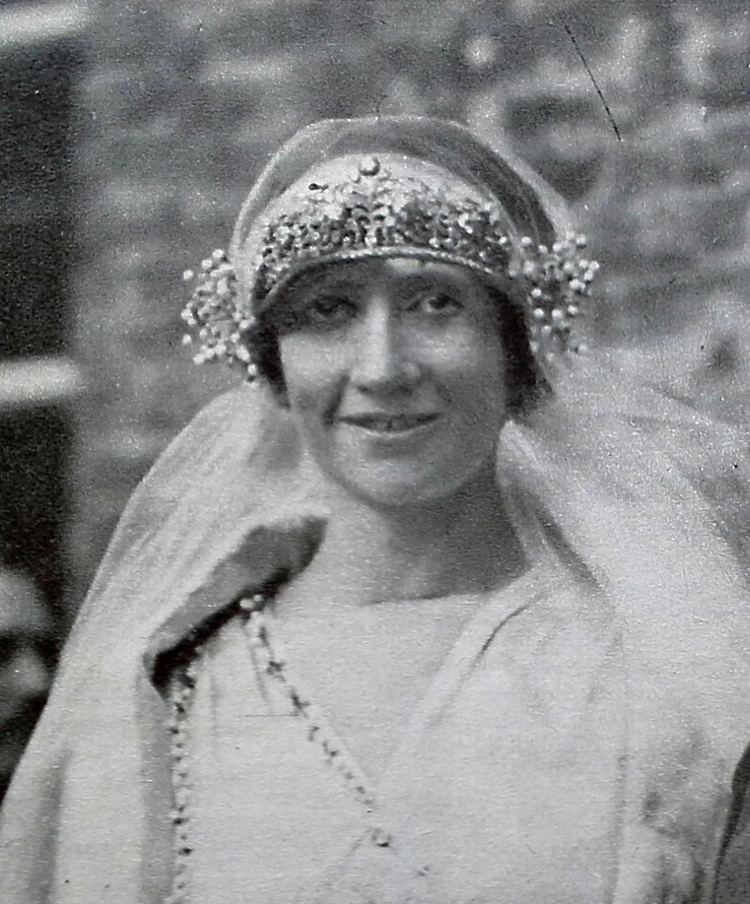Name Princess Margherita | Religion Roman Catholicism | |
 | ||
Issue Princess Amalie Isabella of BavariaPrince Eugen of Bavaria Father Prince Thomas, Duke of Genoa Children Prince Eugen of Bavaria, Princess Amalie Isabella of Bavaria Parents Prince Thomas, Duke of Genoa, Princess Isabella of Bavaria Cousins Victor Emmanuel III of Italy Similar People Margherita of Savoy, Princess Elisabeth of Saxony, Victor Emmanuel III of Italy, Archduchess Gisela of Austria | ||
Princess Bona of Savoy-Genoa (Maria Bona Margherita Albertina Vittoria; later Princess Bona of Bavaria; 1 August 1896 – 2 February 1971) was a daughter of Prince Thomas, Duke of Genoa and Princess Isabella of Bavaria.
Contents
Family and early life

Bona was the third of six children born to Prince Thomas, Duke of Genoa and his wife Princess Isabella of Bavaria. Her father was a grandson of King Charles Albert of Sardinia. Among her siblings were Ferdinando, 3rd Duke of Genoa; Filiberto, 4th Duke of Genoa; and Eugenio, 5th Duke of Genoa. Her mother Isabella was a granddaughter of Ludwig I of Bavaria.
Through her aunt Margherita of Savoy, she was a cousin of Victor Emmanuel III of Italy.
Bona was born at Castle d'Agliè, Piedmont. Her father had bought the eleventh-century castle shortly before his marriage with Isabella. They passed their honeymoon there.
Marriage
On 8 January 1921, Bona married her second cousin, Prince Konrad of Bavaria. He was the youngest son of Prince Leopold of Bavaria and Archduchess Gisela of Austria. Through his father, he was a great-grandson of Ludwig I of Bavaria, and through his mother was a grandson of Franz Joseph I of Austria. The wedding took place at Castle Agliè in Piedmont, Italy (where she was born). It was attended by King Victor Emmanuel III of Italy, Crown Prince Umberto, and the Duke of Aosta, among others. The wedding is notable for being the first royal marriage between two enemy houses since World War I began and ended. It was also remarkable as a gathering of royalty representing the Houses of Habsburg, Savoy, and Wittelsbach.
The couple had two children:
Later life
At the end of the Second World War, Prince Konrad was arrested by the French military at Hinterstein. He was brought to Lindau and temporarily interned in the hotel Bayerischer Hof, together with among others the German Crown Prince Wilhelm and the former Nazi diplomat Hans Georg von Mackensen. Princess Bona, who worked during the war as a nurse, stayed afterwards with her relatives in Savoy. She was prohibited from entering Germany and was not reunited with her family until 1947. In later years Prince Konrad worked on the Board of German automaker NSU.
Bona died on 2 February 1971 in Rome. Her tomb can be found in the church of the Andechs Abbey, in Germany. Her husband Prince Konrad died on 6 September 1969.
